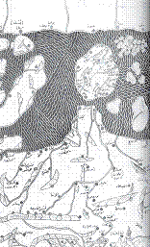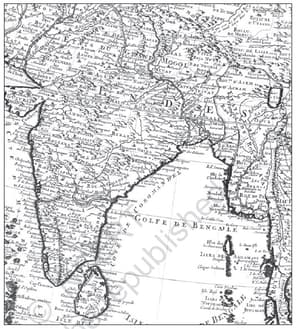
What details can be found of the Indian subcontinent from this map of Al-Idrisi?


Important Questions on Introduction: Tracing Changes Through a Thousand Years
In the middle of the nineteenth century, British historians divided the history of India into three periods: “Hindu”, “Muslim” and “British”.
What is Periodisation in History and what was the above division based on?
Match the following and choose the correct option:-
| Column A | Column B | Column C |
| (1) Rajatarangini | (a) reign of Khaljis and the Tughluqs | (i) Zia-ud-din Barani |
| (2) Tarikh-i-Firoz Shahi | (b) autobiography | (ii) Amir Khusrau |
| (3) Tughluqnama | (c) history of the kings of Kashmir | (iii) Kalhana |
| (4) Futuhat-i-Firoz Shahi | (d) history of the Sultans of Delhi | (iv) Firuz Shah Tughluq |
Compare the Indian extent mapped by Al-Idrisi in CE with that of the present-day map of the subcontinent, listing as many similarities and differences as you can find.
Look at the areas in the interior of the subcontinent on the Map. Are they as detailed as those on the coast? Follow the course of the river Ganga and see how it is shown. Why do you think there is a difference in the level of detail and accuracy between the coastal and inland areas in this map?

